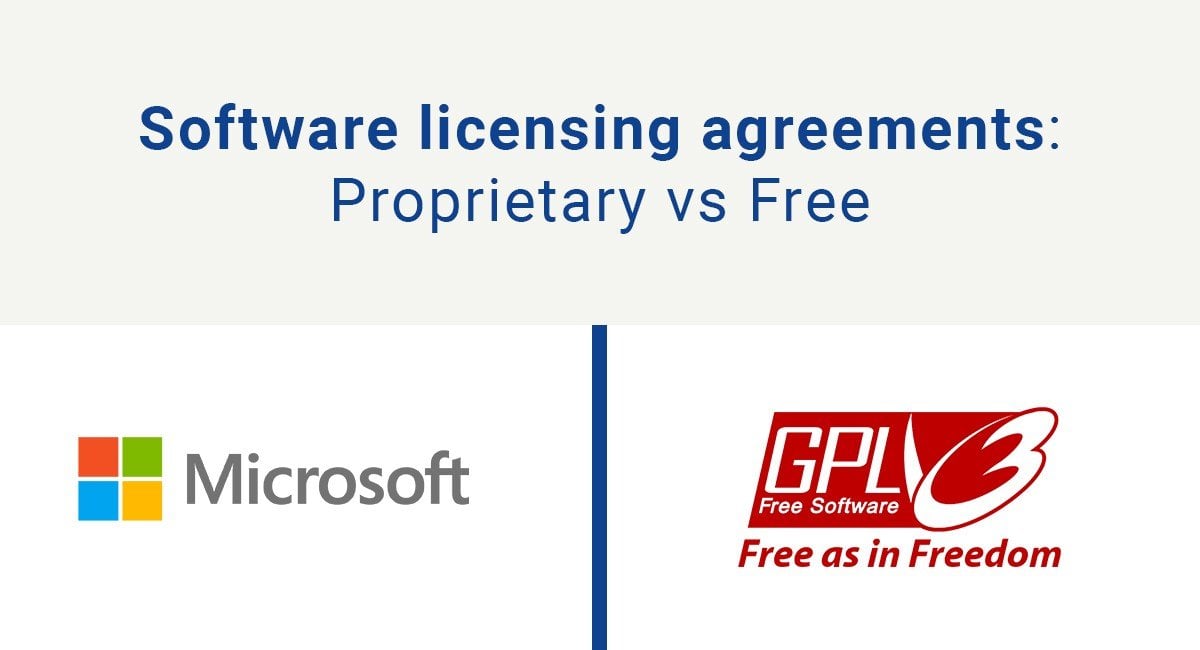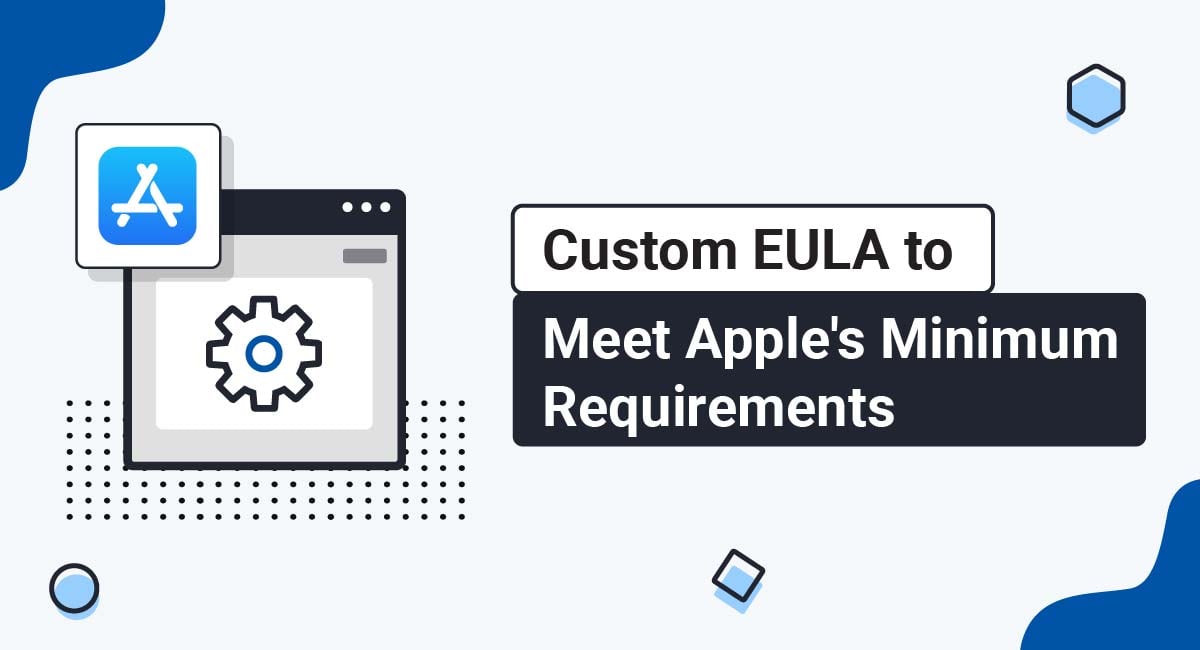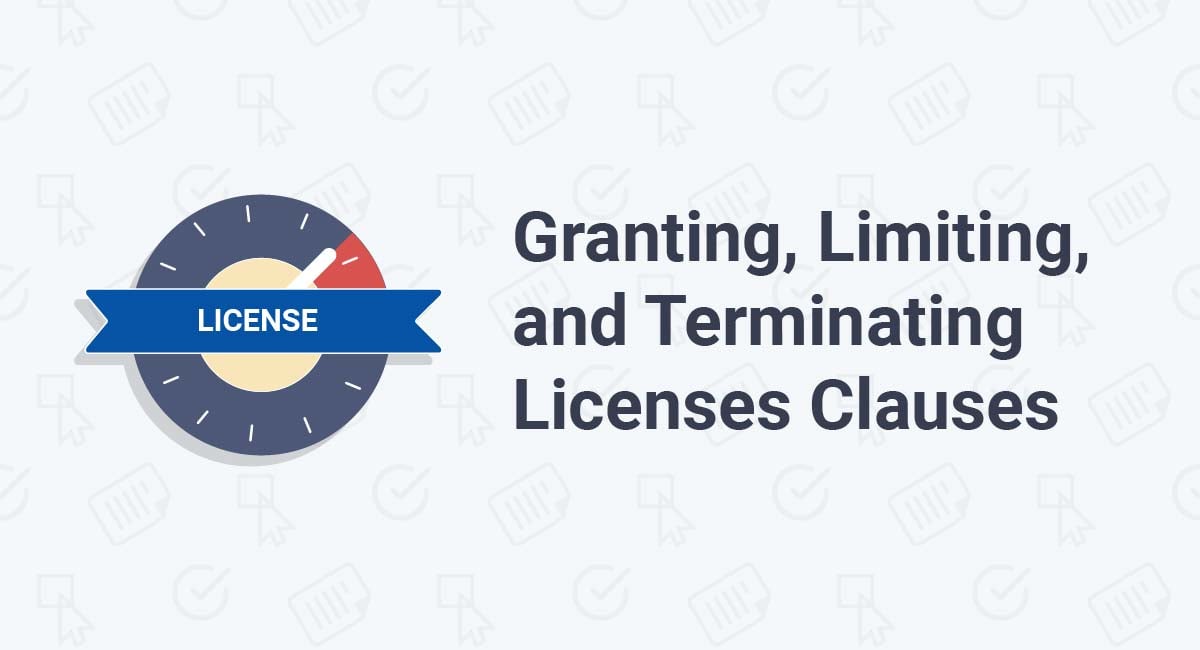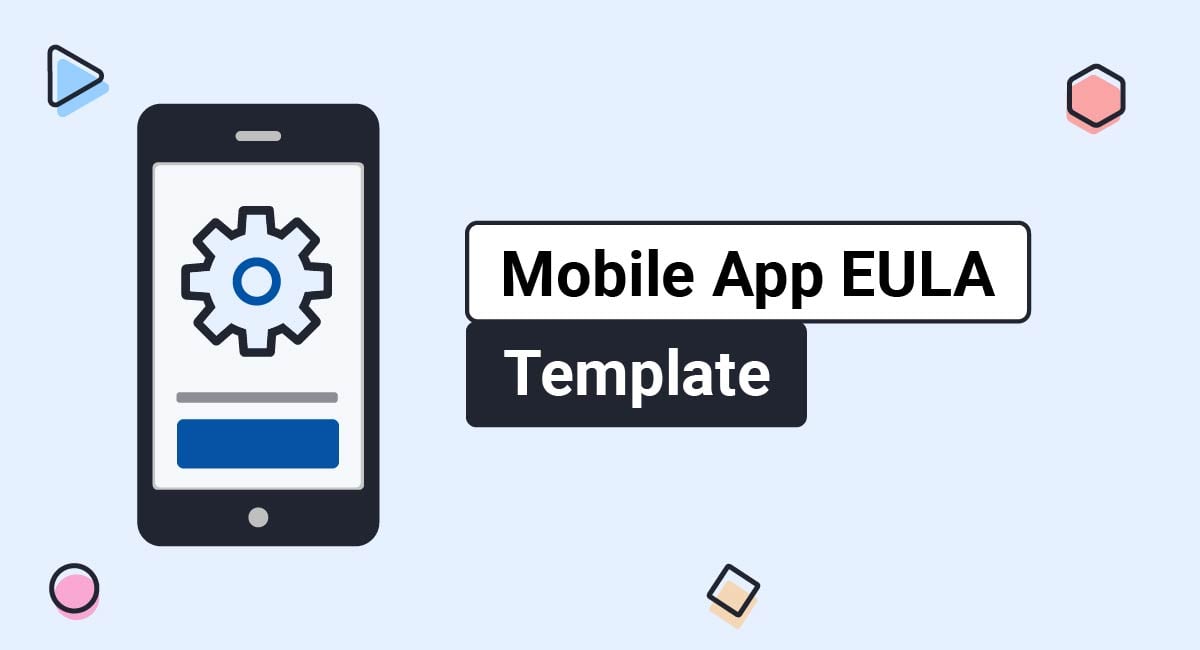Most software licences are called proprietary licences, where the original creator of the software retains ownership (property) in the software. One good example of this is the traditional End User Licence Agreement (EULA). A Terms and Conditions (also known as Terms of Use or Terms of Service) could also be used for licensing purposes.
In contrast, free software licenses are used for software that the user can copy, change, and redistribute. The GNU General Public Licence is an excellent example of this.
We'll take a look at what exactly a free software license is, and how it differs from the typical proprietary software license.
Then we'll examine some examples of the different software licenses from well-known companies, including Microsoft, Apple, and Linux.
TermsFeed is the world's leading generator of legal agreements for websites and apps. With TermsFeed, you can generate:
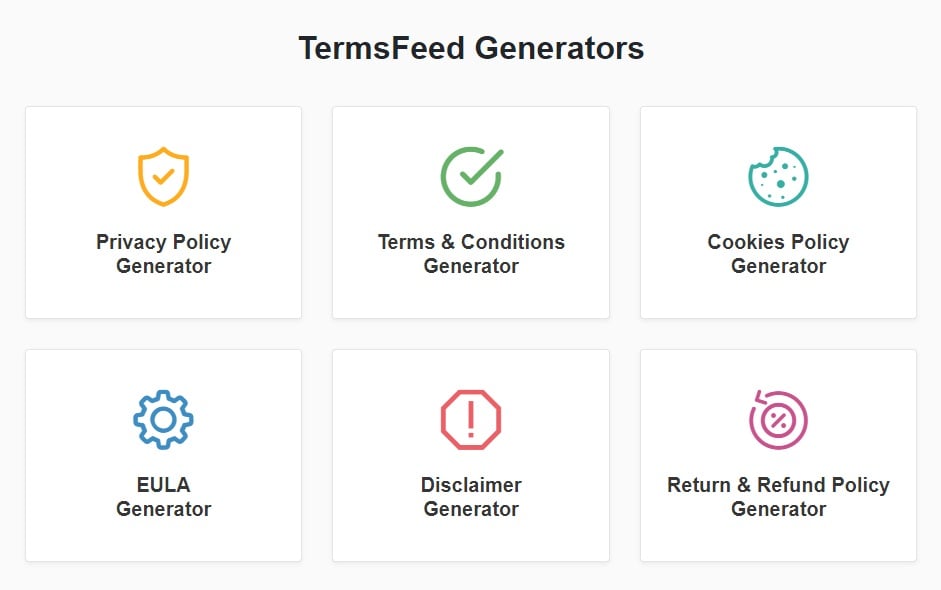
Free software vs Open source
There are two different types of software that provide users with freedom in using, sharing and modifying that software: free software and open source software.
They are similar but have different definitions that are used as technical terms within the development community.
For those who aren't aware of the nuances, "free software" is a definition published by the Free Software Foundation. It means:
The freedom to run the program as you wish, for any purpose (freedom 0).
The freedom to study how the program works, and change it so it does your computing as you wish (freedom 1). Access to the source code is a precondition for this.
The freedom to redistribute copies so you can help your neighbor (freedom 2).
The freedom to distribute copies of your modified versions to others (freedom 3). By doing this you can give the whole community a chance to benefit from your changes. Access to the source code is a precondition for this.
Open source software, on the other hand, is a much broader definition, which includes free redistribution, access to and permitted distribution of source code, the allowance of modified and derivative versions, and non-discrimination against persons, groups, fields, or endeavors, among other things.
Both free software and open source software are in contrast to proprietary or copyrighted software.
(From this point onwards I will use the term "free software" as a catch-all term for both free and open source software; sometimes free software is known as copyleft software.)
Due to the major differences (both philosophical and practical) between free software and proprietary software, both types of product have differences in their licensing agreements.
Let's take a look at some of those differences now.
Proprietary and Free Software Licences
First let's take a look at a free software license, the GNU General Public Licence (GPL).
The GPL is the primary software license used in Linux systems, which allowed Linux operating-system programmers to contribute their work knowing it would remain free and accessible to others.
Linux

The GNU GPL explicitly states that it "is intended to guarantee your freedom to share and change all versions of a program--to make sure it remains free software for all its users", and that in this case, "free software" is "referring to freedom [of use and distribution], not price".
The GNU GPL allows verbatim copies of the program to be made, as well as copies in which the source-code has been modified, as well as copies in which non-source-code has been modified. However, these permissions are subject to some requirements.
For example, for source-code modified versions of free software under this licence, there are several requirements. Take a look:

You can see that the GNU GPL requires notices that it is covered by this license, that the original source-code has been modified, and that the new work must also be licensed under the GNU GPL. This ensures that creators who modify and distribute software that has a GNU GPL license, are also required to use the GNU GPL license for their own work.
This keeps the work free and accessible to everyone.
Here's an example from Red Hat Linux using the GNU GPL:

Note that it provides a perpetual, worldwide license and states that it is pursuant to the GNU GPL. It also explicitly states that the user is permitted to run, copy, modify, and redistribute Red Hat Linux, subject to minor restrictions.
Now let's take a look at some proprietary licenses.
Microsoft

Microsoft is an excellent example of proprietary software. You wouldn't find Microsoft giving away their software for free and allowing people to copy it and change it!
Here are some clauses from the licence agreement of Microsoft's Office 365:
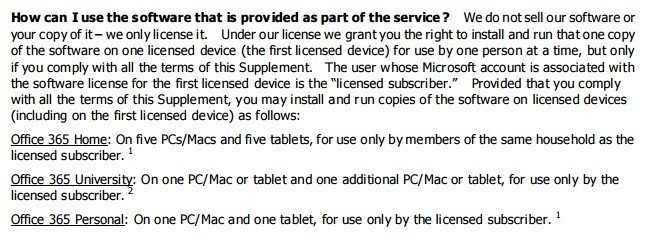
In contrast to the GNU GPL, the Microsoft licence only allows the user to install and run one copy of the software:

The GNU GPL was also a worldwide licence, while the Microsoft Office 365 licence is limited in geographic location:

This means that for users who need to access the software in multiple regions, they may need to purchase multiple copies. Region locking is extremely common in certain types of software, such as console video games, and also in services like Netflix video streaming.
Now let's take a look at the Apple license to see how it compares to both Microsoft's license and the GNU GPL.
Apple
![]()
We'll examine the licence agreement of Apple iTunes software for this example:
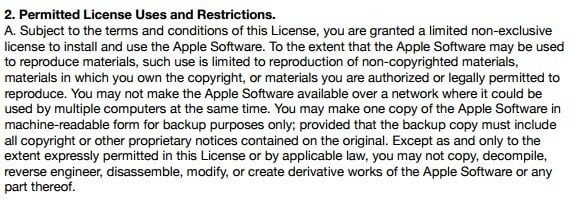
Note that the Apple license is non-exclusive, limited, and does not permit copies, decompiling, reverse engineering, modification, or derivative works.
However, the Apple iTunes agreement also contains a clause in this section that acknowledges open-source components of their proprietary software are under a separate licence:

Software that uses both proprietary and free software components is often required to continue to provide the free portion as free software, and other free software or open-source licenses may require the entire project to then become free and/or open-source.
The GNU GPL, for example, requires any commercial additions to GPL products to also be offered under the GNU GPL.
Finally, the Apple agreement does not explicitly grant a perpetual license per se but notes that the license will continue until terminated. This is quite different to Microsoft's subscription-based offering but is not as indefinite as the GNU GPL perpetual term.
You can see that Apple will allow the software licence to continue until terminated (by either party) or until the agreement is terminated by the user's failure to comply:

The proprietary software license is what you will see and use most of the time, where your customer gains a license to use aspects of your software for a limited term, and in set circumstances. You retain ownership of your product for commercial and noncommercial purposes.
The free software license, on the other hand, should be used in cases where you want your software to be used in collaboration with others, as a foundation for the work of others, or to spread ideas and creativity rather than as purely a money-making venture.
The major differences in the IP and licensing clauses are the primary distinguishing point, so ensure that you've considered carefully which type of license you want to use for your product.

Comprehensive compliance starts with a Privacy Policy.
Comply with the law with our agreements, policies, and consent banners. Everything is included.
